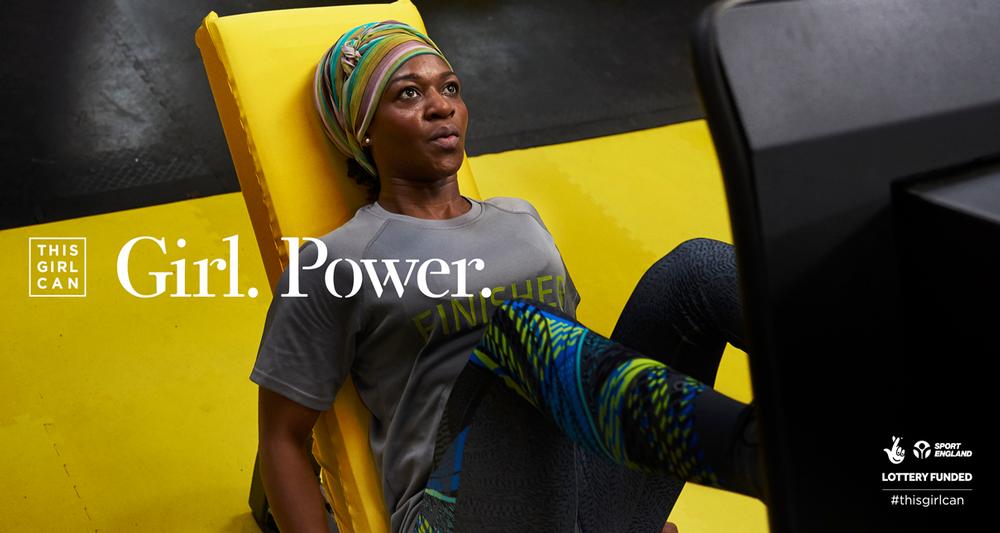A recent discussion with an industry veteran unearthed the fact that UK gym membership penetration rates have never risen above 15 per cent. Her point? While this figure is often reported by the industry with pride, the opposite should be the case. Billions of pounds are pumped into the industry each year, yet the majority of the general population still does not engage with gyms.
So why do so many people stay away? Cost is a huge barrier to uptake – the recent rise in memberships following the growth of the budget gym sector makes this clear. Lack of time, motivation and easily accessible facilities are also commonly cited reasons. However, in this issue of Health Club Management, exercise psychologist Helen Quirk suggests there’s another highly overlooked factor at play (p10).
“At a basic level, people have three psychological needs: the need to feel competent, the need to feel autonomous and the need to feel connected,” she says.
When these needs are applied to the gym setting, it’s obvious why so few people are naturally drawn to gyms. Hands up if you feel naturally skilled at running and lifting weights (competence), exercise out of choice rather than obligation (autonomy), and feel truly aligned with the gym elite (connection).
While campaigns like Sport England’s ‘This Girl Can’ are doing a lot to help challenge the common viewpoint that gyms are the playpens of Lycra-wearing fitness models, many people still find the thought of stepping onto a gym floor – filled with seasoned members and machines they don’t know how to use – quite intimidating.
Many operators are already reducing the ‘connection’ barrier to gym use by continuing to challenge gym-goer stereotypes. They’re also making gym environments more welcoming by employing friendly hosts to interact with customers on arrival and while on the gym floor. And as we discuss on page 34, helping people who are out of shape feel fitter before joining a gym may give them the confidence boost they need to feel like they belong there – addressing both the ‘competence’ and ‘connection’ barriers.
But what can be done about the ‘autonomy’ barrier? Making fitness more fun is an obvious solution, one that companies like Zumba and Soulcycle have turned into an art. However, as Quirk points out, “somewhere along the line from childhood to adulthood, physical activity loses its enjoyment”. Perhaps then, it’s time to focus more on affordable, fun and convenient fitness ideas for the average teenager. If we can keep exercise enjoyable for them, they’re more likely to mature into adults who don’t think twice about spending their spare time in a health club.
Dr Lauretta Ihonor, editor
@laurettaihonor
























































